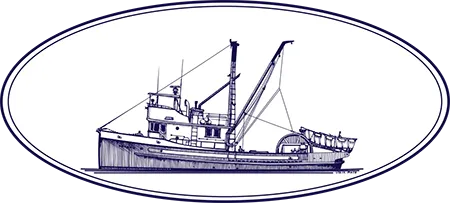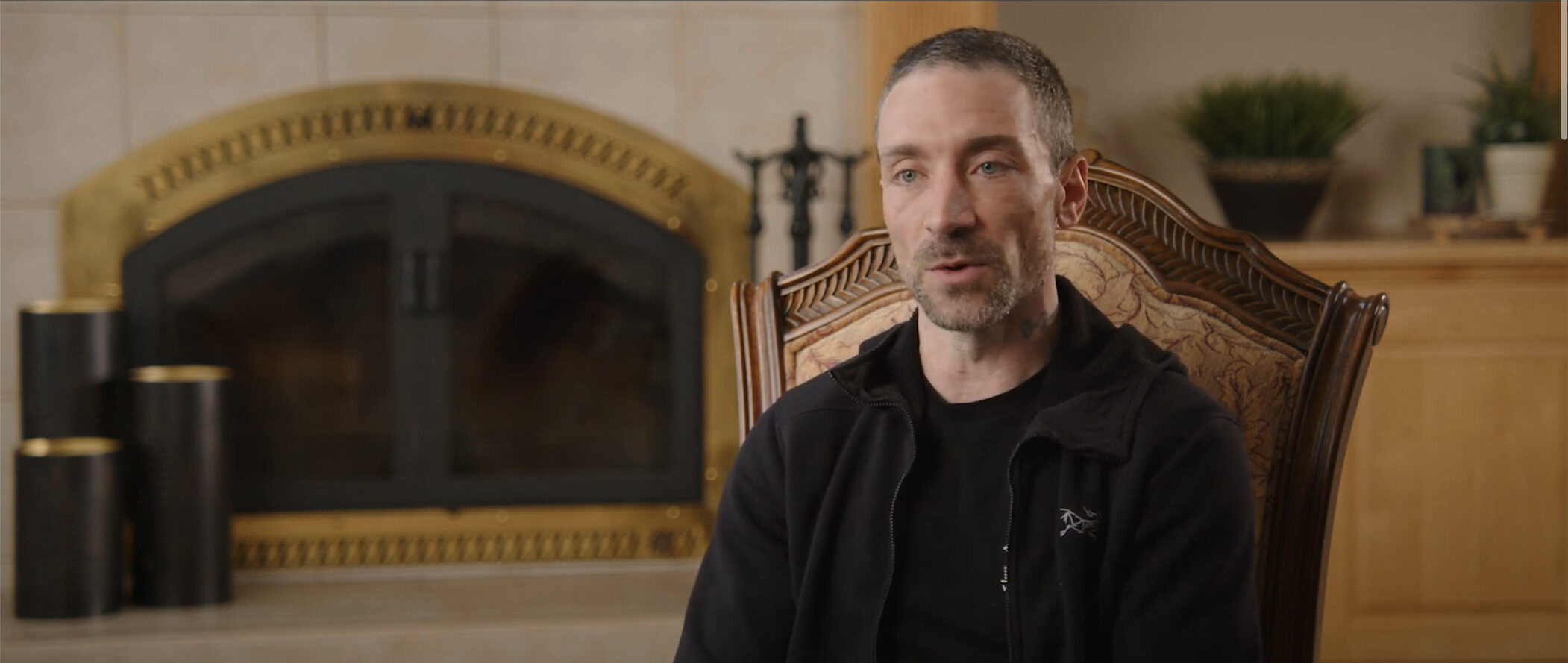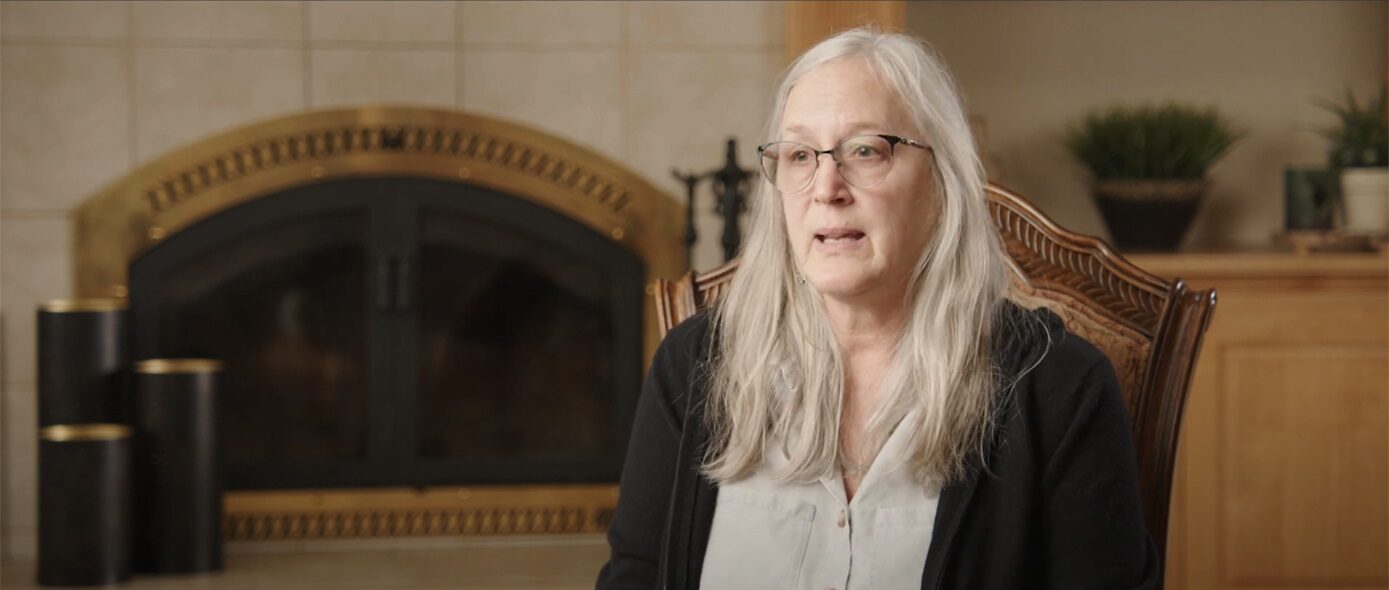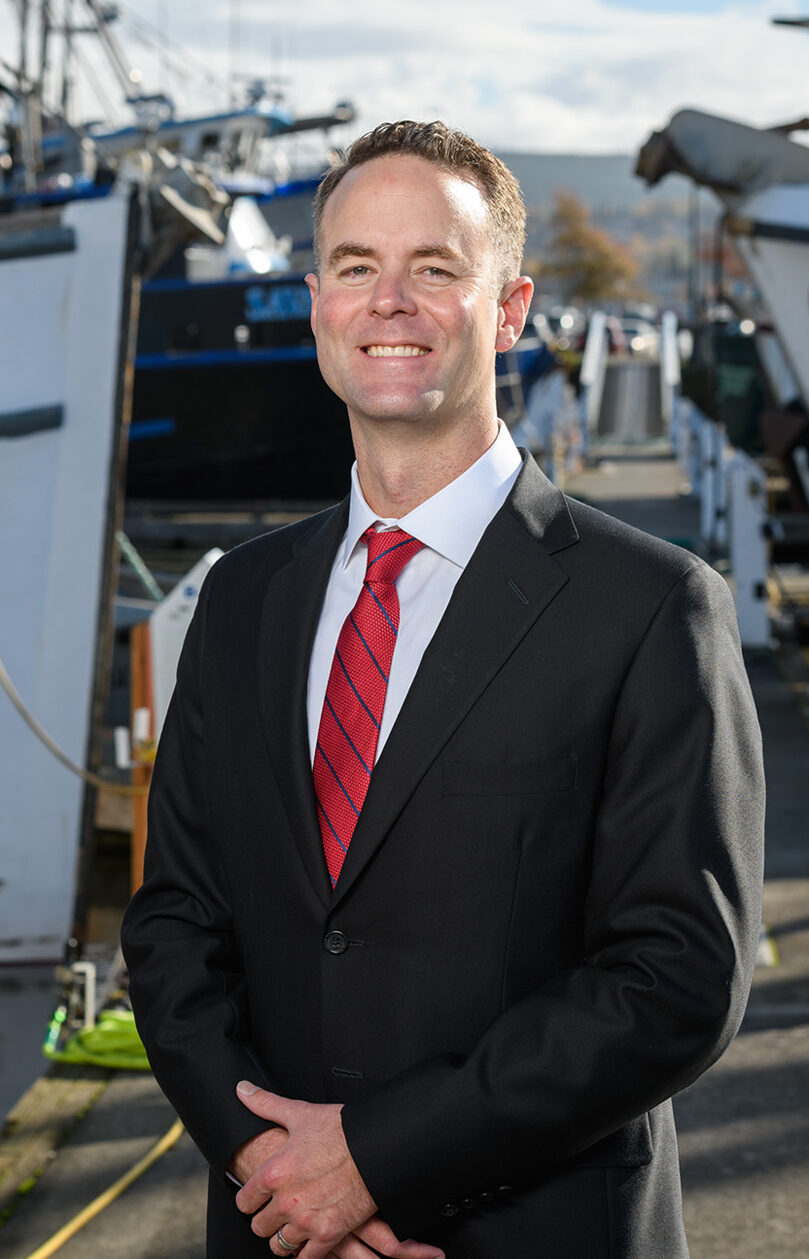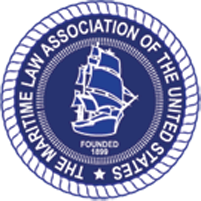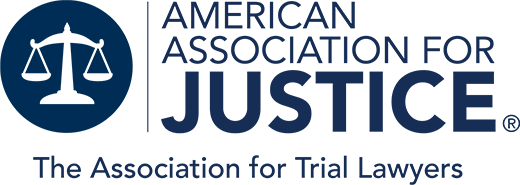Commercial fishing is one of the most dangerous jobs in America. The dangerous conditions, long shifts and physical demands make commercial fishermen susceptible to serious workplace injuries. Under the Jones Act, a commercial fisherman injured on a longliner may secure compensation if their injury resulted from the employer’s negligence or the vessel’s unseaworthiness.
If you have been injured in a longliner accident, contact Anderson Carey Williams & Neidzwski, LLP. Our California, Washington, Oregon and Alaska maritime injury lawyers have handled countless commercial fishing injury claims. We can do the same for you. There’s a reason your fellow crewmembers told you to call 1-800 BOATLAW.
Washington, Alaska, Oregon, and California Longliner Accident Lawyers
With more than two four decades of experience in maritime injury law, the skilled maritime lawyers at Anderson Carey Williams & Neidzwski, LLP know longliners and the unsafe conditions that cause injuries at sea. If you have been injured in a longliner accident, we can navigate the justice system and work hard to obtain optimal compensation on your behalf.
Call 1 (800) 262-8529 (1-800-BOATLAW) to schedule a free consultation with Anderson Carey Williams & Neidzwski, LLP today. We will answer your questions without obligation and let you decide how to proceed. Our attorneys represent hard-working commercial fishermen on longline fishing vessels in Washington, California, Oregon, and Alaska, no matter where the fisherman calls home.
Information Center
- Longliner Accidents in Washington, Oregon, California and Alaska
- Potential Injuries from A Longliner Accident
- Potential Causes of Injuries From a Longliner Accident
- Types Of Compensation for Injuries from a Longliner Accident
- Statute of Limitations
- Additional Resources
Longliner Accidents in Washington, Oregon, California, and Alaska
Longline fishing is hazardous. An individual can be injured on a longline fishing boat in many ways. These include:
- Longline roller accidents
- Gaffing accidents
- Contact with fish hooks
- Getting caught up in nets, cables, or rigging
- Lacerations from lines and cables
- Winch failure
- Slip and falls or trip and falls
- Hands and fingers caught in hatches
- Accidents involving the gangway or other walkways
- Falls through an open hatch
- Accidents involving the use of a crane or other equipment
- Accidents involving machinery
- Collisions
- Vessel sinkings
An attorney specializing in maritime law should handle any injury or death from an accident on a longliner.
Potential Injuries from a Longliner Accident
Injuries that could result from an accident on a longliner include the following:
- Puncture wounds and lacerations
- Hypothermia, frostbite, or exposure
- Head trauma (concussions or traumatic brain injuries)
- Broken bones
- Crushing injuries
- Loss of hands, fingers, or limbs (amputations)
- Paralysis
- Back injuries
- Injuries to the spinal cord
- Drowning and death
- Staph and MRSA infections
Potential Causes of Injuries from a Longliner Accident
Many factors may cause or contribute to a longliner accident. Often negligence or failure to follow best practices by a maritime employer can create an unsafe working environment. Causes of longliner accidents may include:
- Improper handling of lines
- Severe weather conditions
- Defective hooks, winches, or other tools and equipment
- Not enough crewmembers
- Inadequate training
- Fatigued workers
- Mechanical failures of the longlining gear or factory processing equipment
- Slippery or poorly maintained decks
- Faulty rigging
- Lack of safety equipment
- Failure to place signs warning of hazards where necessary
- Failure to rescue a fisherman swept overboard
- Medical attention that is not timely or not adequate after injury
Types of Compensation for Injuries from a Longliner Accident
Multiple avenues to compensation might be available to an individual injured in a longliner accident.
Maintenance And Cure
Maintenance and cure compensates fishermen (seamen) injured on the job. Maintenance covers basic living expenses such as rent or a mortgage payment, utilities, and food while the injured individual recovers.
Cure covers medical bills associated with the injury, including hospital and doctor’s visit bills, the cost of medication, bills for rehabilitation or physical therapy, and the cost of required medical equipment. Maintenance and cure ends when the treating physician declares no further treatment is likely to improve the fisherman’s medical condition.. This concept is often called maximum medical improvement or maximum medical cure.
To get the benefits of maintenance and cure, an individual does not have to prove that the employer was at fault or that the employer did anything wrong. Compensation under maintenance and cure can be claimed for illnesses and medical conditions that occur at sea, even if the illness or medical condition is not due to employee’s work aboard the longliner..
The Jones Act
The Merchant Marine Act of 1920, often called the Jones Act, makes it possible for an injured fisherman (seaman) to bring a claim if they suffer an injury caused by the negligence of their employer or fellow crew member. If the negligence of the employer or a crew member contributed to the injury in any way, no matter how slight, a claim may be brought by the injured individual under the Jones Act. This is a significantly lower burden of proof than that for typical, land-based personal injury cases.
Under the Jones Act, an injured fisherman may claim damages for the following: (1) medical expenses (past, present, and future); (2) lost earnings; (3) lost earning capacity; (4) pain and suffering (past, present, and future); and (5) mental anguish (past, present, and future).
Unseaworthiness
If the longliner, its equipment, or gear, a was not seaworthy, the injured fisherman may be able to bring a claim for unseaworthiness. Unseaworthiness is a doctrine that makes the ship’s owner strictly liable for injuries that occur on a ship declared unseaworthy.
An individual claiming unseaworthiness may recover damages such as lost earnings, lost earning capacity, medical expenses (past, present, and future), pain and suffering (past, present, and future), and mental anguish (past, present, and future). If a vessel is deemed unseaworthy, it is not important whether the ship owner knew of the ship’s condition or was negligent; All that matters is that the ship, its equipment or gearwas unseaworthy, and the unseaworthiness contributed to the injury (even if it was not the only cause).
The Longshore and Harbor Workers’ Compensation Act
Longshore workers, ship-repairers, shipbuilders, and harbor construction workers are not considered seamen, and they are not typically covered by the Jones Act. However, if they are injured, they may be able to bring a claim under the Longshore and Harbor Workers’ Compensation Act (LHWCA) if they were injured while working on a longliner at dock or in the shipyard.
The Death on the High Seas Act
If an individual has been killed on a longliner at sea, their loved ones, including their surviving spouse, may be entitled to compensation under the Death on the High Seas Act. This act applies to a maritime worker who dies on a vessel that is more than three miles off the shores of the western United States. For the claim to be successful, the death on the longliner must have been the result of negligence or a wrongful act. A claim may be brought under the Death on the High Seas Act by the deceased’s spouse, parent, child, or another dependent relative. The amount of compensation the claimant may receive under the Death on the High Seas Act is comparable to what may be recovered under the Jones Act.
Statute of Limitations
- Maintenance and Cure: 3 years
- The Jones Act: 3 years
- Doctrine of unseaworthiness: 3 years
- LHWCA: 1 year
- Death on the High Seas Act: 3 years
Additional Resources
Marine Traffic Map – A real-time map showing the locations of ships worldwide, provided by MarineTraffic.
28 U.S. Code § 1333 – This part of the federal code grants the federal courts the right to oversee civil maritime cases in the United States.
Longshore and Harbor Workers’ Compensation Act Frequently Asked Questions – The U.S. Department of Labor Office of Workers’ Compensation Programs provides answers to frequently asked questions about LHWCA.
Longliner Accident Attorneys | Washington, Oregon, Alaska, California
If you have been injured in a longliner accident in Washington, Oregon, Alaska, or California, reach out to Anderson Carey Williams & Neidzwski, LLP to see how our maritime lawyers can serve you during this time of need. Anderson Carey Williams & Neidzwski, LLP provides the highly effective and experienced lawyers needed to handle longliner accidents. To understand your legal options, contact us today.
Call 1 (800) 262-8529 or 1-800 BOAT-LAWto schedule your first consultation with Anderson Carey Williams & Neidzwski, LLP. While you focus on the most important aspect of the process—healing and recovery—we’ll focus on the legal aspects.
